Delicious, healthy Singapore Noodles are made with vermicelli rice noodles, curry powder, vegetables, and your choice of chicken, tofu, eggs, or shrimp! Vegetarian. Video.
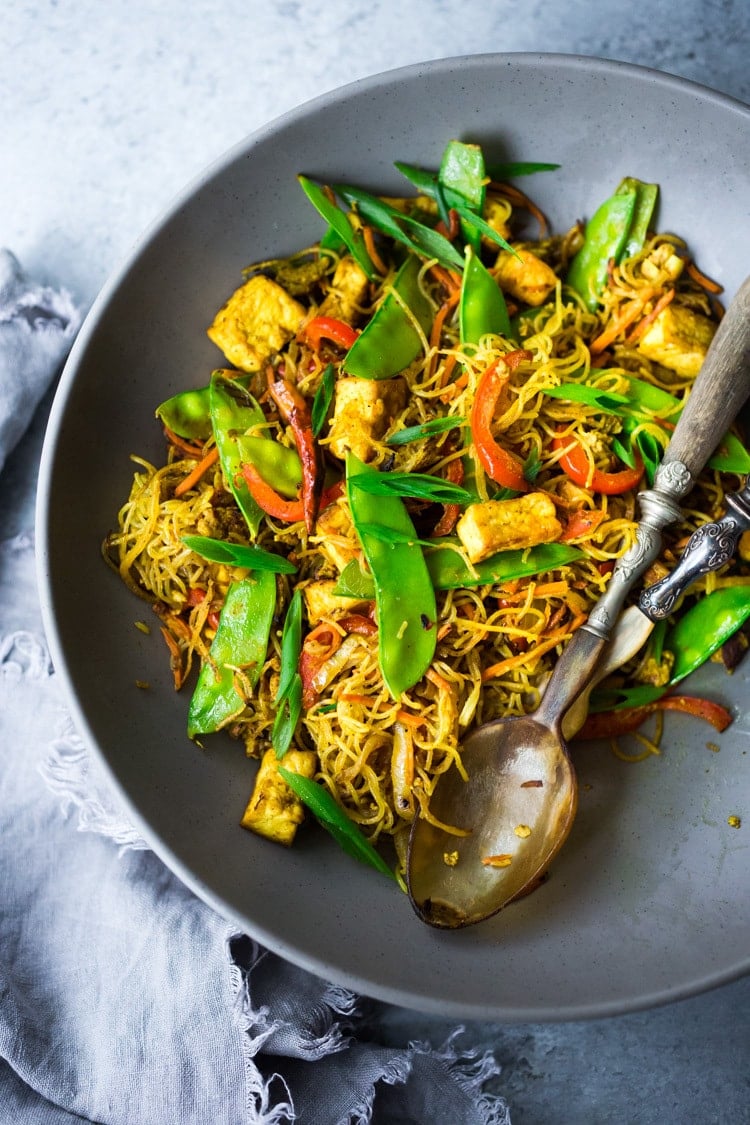
Why You’ll Love This
If you’ve ever ordered Singapore noodles from a takeout menu and wondered how to recreate the same golden, curry-kissed magic at home, this is it! After years of recipe testing and countless wok sessions, I’ve refined this version to capture that restaurant-style flavor while keeping it fresh, colorful, and easy to make in your own kitchen.
As a chef and recipe developer who’s cooked professionally across different cuisines, I’ve learned how to layer spices, textures, and sauces so they come together perfectly-not soggy or clumpy, but fragrant, light, and full of life. Whether you’re a noodle-lover, meal prepper, or weeknight cook, this recipe brings restaurant-quality results to your table with wholesome ingredients and adaptable options for all diets.
What are Singapore Noodles?
Singapore noodles (or Singapore Mei Fun) have a distinct savory taste with a hint of spiciness. In this recipe, vermicelli noodles are stir-fried in a wok with vegetables and seasoned with madras curry powder. You can add chicken, tofu, scrambled eggs, or shrimp! We prefer this dish on the spicy side, but feel free to keep it mild for younger palates. It is a dry-style Chinese noodle dish rather than a saucy one.
Singapore Noodles, contrary to how they sound, actually originate from China and are most often found in American Chinese restaurants rather than in Singapore! The dish is believed to have been created by Cantonese chefs in Hong Kong in the mid-1900s, who were inspired by British colonial trade routes introducing curry powder to Chinese cooking.
My version honors that Cantonese-Chinese restaurant style but keeps it fresh, flexible, and lighter, using crisp vegetables, just enough heat, and a balance of umami and spice that’s approachable for home cooks.
Love Asain noodle dishes? Try our popular Pad Thai and Kimchi Noodles!
INGREDIENTS in Singapore Noodles
- Protein: Tofu, chicken, or whole raw shrimp (or prawns). Keep it vegan or vegetarian, or add meat.
- Vermicelli rice noodles: These thin rice noodles are commonly used in Asian cuisine and are available in most grocery stores and your local Asian supermarket. They are naturally gluten-free.
- Veggies: Onion, carrots, red bell pepper, and snow peas. Or sub with other vegetables like green beans, baby bok choy, shredded cabbage, red onion, celery, or bean sprouts!
- Eggs: Scrambled into the stir-fry for extra richness and protein. Leave out if vegan.
- Red chili peppers: For a spicy kick! For a milder version, sub chili flakes.
- Madras curry powder: Provides the signature flavor of Singapore Noodles, warm and slightly spicy. You can sub with yellow curry powder.
- Shaoxing wine: Adds depth and complexity. Substitute with Chinese cooking wine, mirin, or white wine.
- Sesame oil: For a nutty aroma and subtle richness.
- Soy sauce: Brings a salty and savory flavor. Use tamari or Bragg’s Liquid Aminos for gluten-free.
- Fish sauce: An umami-rich ingredient that contributes to the authentic flavor of Singapore Noodles. Substitute with vegan fish sauce for vegetarian or vegan.
- Sugar: Balances the flavors and adds a touch of sweetness. Use other sweeteners of choice, like honey, maple syrup, or agave nectar.
See the recipe card below for a full list of ingredients and measurements.
Protein Variations
Tofu, chicken, or whole raw shrimp are our favorites for Singapore noodles, but for more variety, here are some other options:
How To Make Singapore Noodles
1. Cook the rice vermicelli noodles. Boil water in a medium pot, add the vermicelli noodles, and turn the heat off. Let sit in the hot water or 3-4 minutes, until al dente, then drain in a colander. Be careful not to overcook the noodles or they will fall apart when stir-frying. Cut the noodles into thin strips (thirds or fourths) with kitchen scissors and fluff by pulling apart with a fork or tongs.
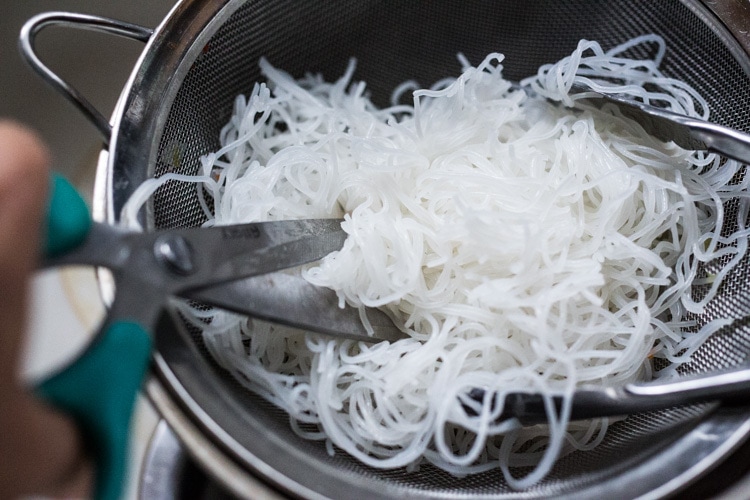
2. Mix the sauce. Add shaoxing wine, sesame oil, soy sauce, fish sauce, and sugar to a small bowl and stir. Set by the stove.
3. Prep veggies. Slice the onion and bell peppers and chop the garlic. Place by the stove, along with the carrots and snow peas.
4. Sear the protein. In a large wok or large skillet, warm a tablespoons of oil over medium heat. Sprinkle 1/4 teaspoon kosher salt and freshly cracked black pepper over top and swirl. Once hot, place the protein (chicken, tofu, or shrimp) in the pan. Let sit until it naturally releases from the pan, then use a metal spatula to flip and sear the other side until golden. Transfer to a paper towel-lined plate by the stove.
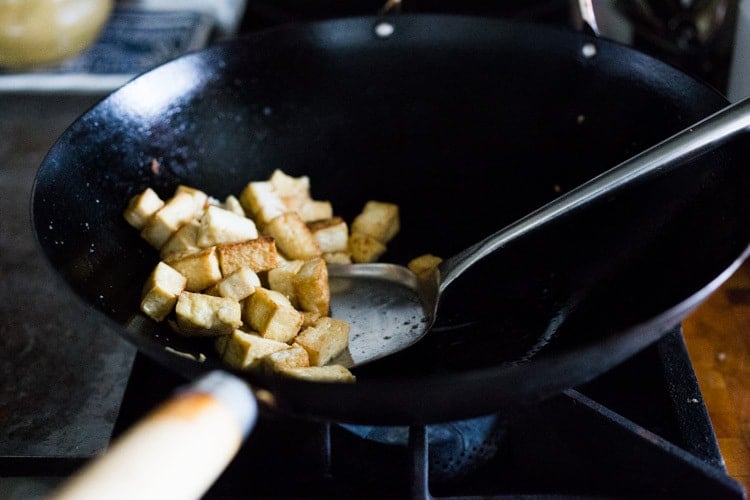
5. Whisk eggs. Whisk the eggs with a 3-finger pinch of salt in a small bowl. Set by the stove.
6. Stir-fry the veggies. Bring the pan to medium-high heat and add the onions, stirring for 3 minutes. Then add the carrots, bell pepper, snow peas, and garlic. Stir for a couple more minutes until just wilted. Other veggies work well too, like cabbage, bok choy, green beans, or mushrooms. A great way to clean out your veggie drawer!
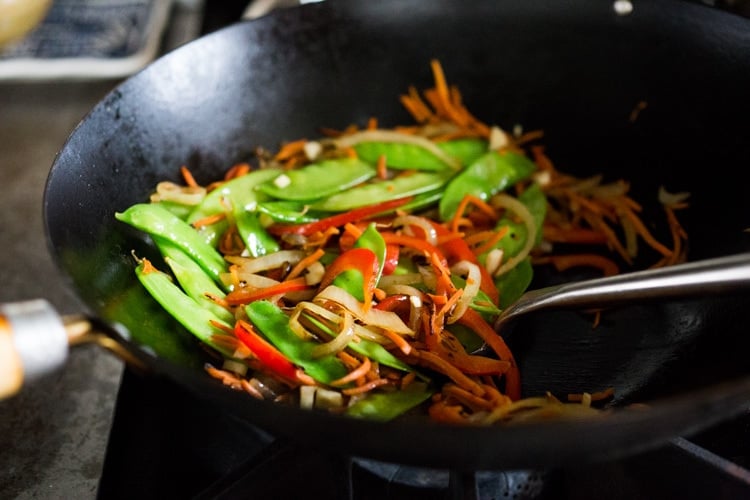
7. Scramble the eggs. Scoot the veggies to the edges of the pan and add a drop of oil in the center. Pour in the eggs, scrambling and chopping them up in the bottom of the wok with a metal spatula. Mix into the veggies, then set the entire mixture aside on a plate.
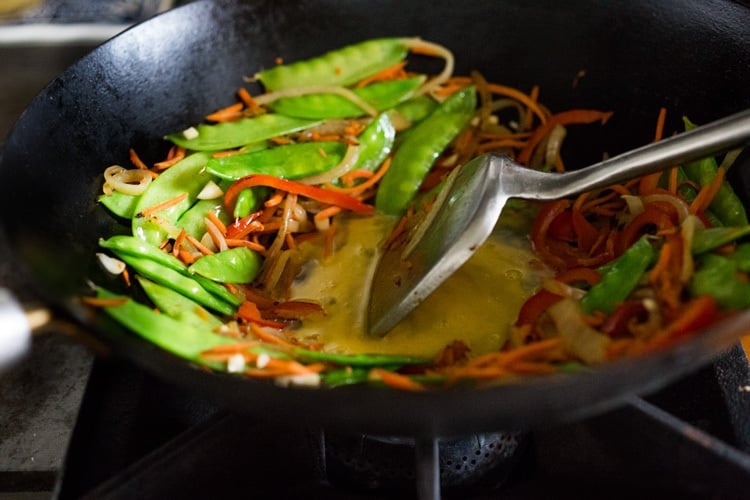
8. Stir-fry the noodles. Pour a teaspoon or two of oil into the wok and add the noodles, frying them over medium heat for 2-3 minutes. Add the chilies and stir for another minute.
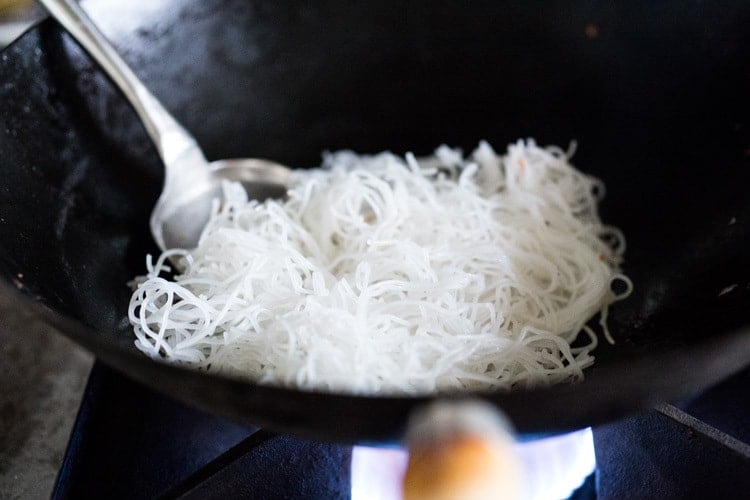
9. Assemble and season. Spread the noodles out in the pan and add the veggies and protein, along with the curry powder, 1/2 teaspoon salt, and 1/2 teaspoon turmeric. Toss until evenly coated. Pour in the sauce and stir, cooking for another minute or two, until the noodles are almost dry.
10. Taste and adjust. Taste for salt and heat, adding more salt if it’s bland and more chili flakes if you’d like it spicier. Serve immediately in a large bowl with tongs.
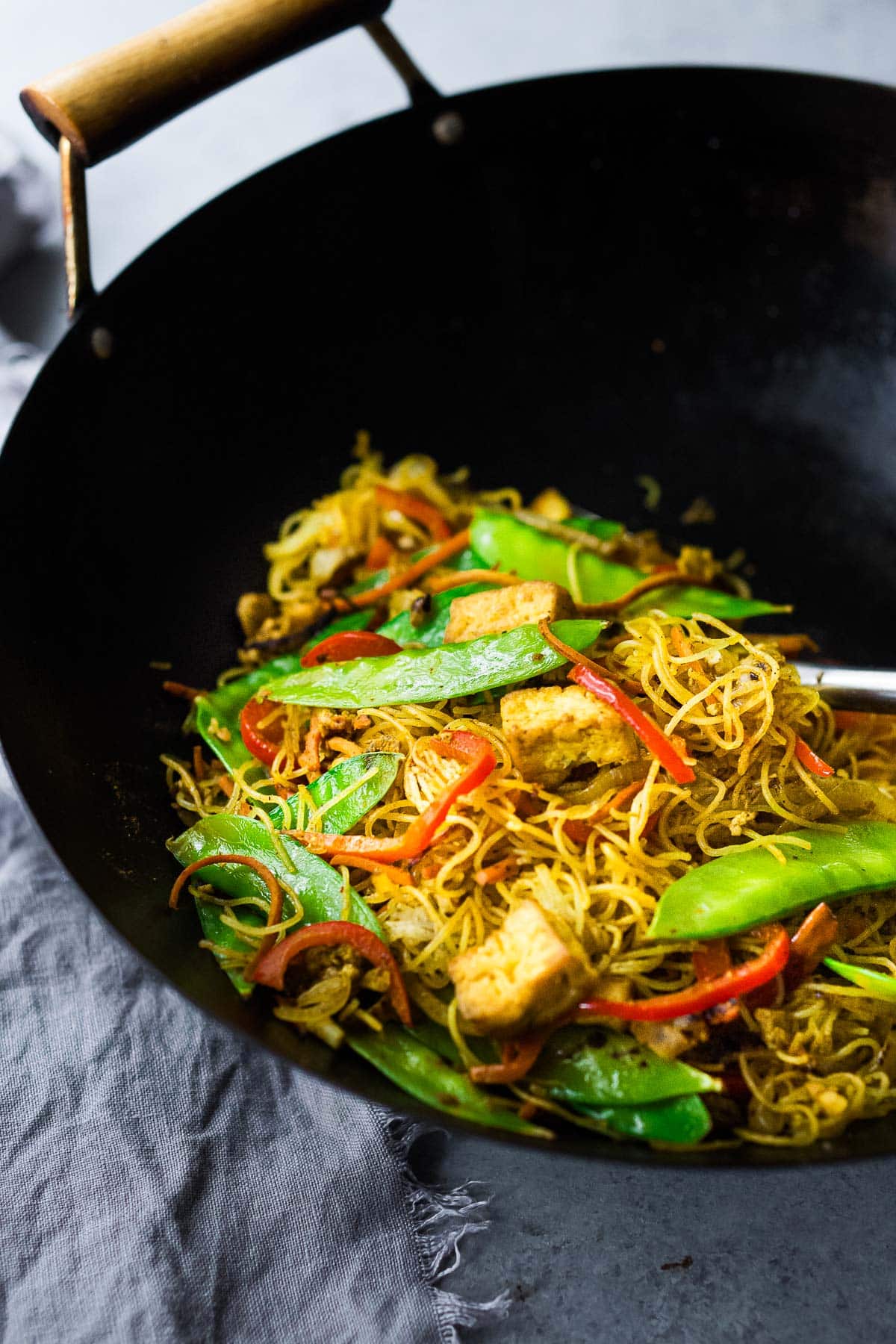
Chef’s Tips
- Don’t overcook the noodles. Cook until just al dente, or they will fall apart when stir-frying.
- Avoid fiddling with the protein while searing. Let the protein naturally release from the pain to create a crisp, golden sear. Then flip and repeat. Be patient!
- Keep everything by the stove. This stir-fry moves quickly, so keep the protein, veggies, sauce, and eggs by the stove and ready to assemble.
- Cut the vermicelli noodles. After you cook and drain the vermicelli noodles, cut them into thirds so they are easier to manage in the wok. This will help tremendously!
- Get the sauce just right. When the sauce is added, it will smell fishy at first-this will go away. Stir-fry until the noodles are dry-this is a dry-style, Chinese noodle dish, not meant to be saucy!
Troubleshooting
- The noodles are sticking together. Toss with a drizzle of oil after draining. If they still clump in the wok, add a splash of water or broth and use tongs to gently separate.
- The noodles are too pale or bland. Toast the curry powder in a little oil before adding the noodles. This deepens the color and flavor. Taste and adjust with soy sauce, fish sauce, or a squeeze of lime.
- The noodles are too wet or heavy. This means there is too much sauce or you may not have cooked off the moisture long enough. Keep stir-frying over medium-high heat until the noodles look dry and glossy.
- It’s missing heat or depth. Add a pinch more curry powder, chili flakes, or a small spoon of chili crisp. For umami, stir in a few drops of soy sauce of oyster sauce (or vegan oyster sauce) at the end.
Serving Suggestions
Serve immediately with chopsticks, scallions, and hot chili paste or chili flakes (for those who want extra heat!). For a side dish or starter, check out some of our favorite pairings!
- Start with an Asian salad, like Asian Cucumber Salad, Crunchy Bok Choy Salad, or Wonton Salad.
- Add a side of veggies like stir-fried pea shoots, coconut creamed spinach, Chinese eggplant, or grilled bok choy.
- Serve with a side of soup, like Asian Cabbage Soup or Wonton Soup.
- Serve with spring rolls!
- For extra heat and crunchy texture, top with chili crisp!
Storage and Reheating
Singapore noodles will keep up to 4 days in the fridge in an airtight container and can be reheated in the microwave or in a nonstick skillet on the stovetop. They can be stored in the freezer for up to 2 months, but they are best enjoyed fresh.
She said she usually cried at least once each day not because she was sad, but because the world was so beautiful & life was so short.
More favorite Noodle Dishes
Hope you enjoy this Singapore Noodles recipe – a dry-style, stir-fried vermicelli noodle dish, hailing from China, with veggies, tofu, and the signature ingredient, madras curry powder! Yum! The leftovers taste amazing too!
Love this recipe? Please let us know in the comments and leave a 5-star ⭐️⭐️⭐️⭐️⭐️ rating below the recipe card.
Singapore Noodles Video
After you try this Singapore Noodles recipe, let us know how it turns out in the comments below. Your review will help other readers, too! Sign up here to join our community and receive our latest recipes and weekly newsletter! xoxo Sylvia
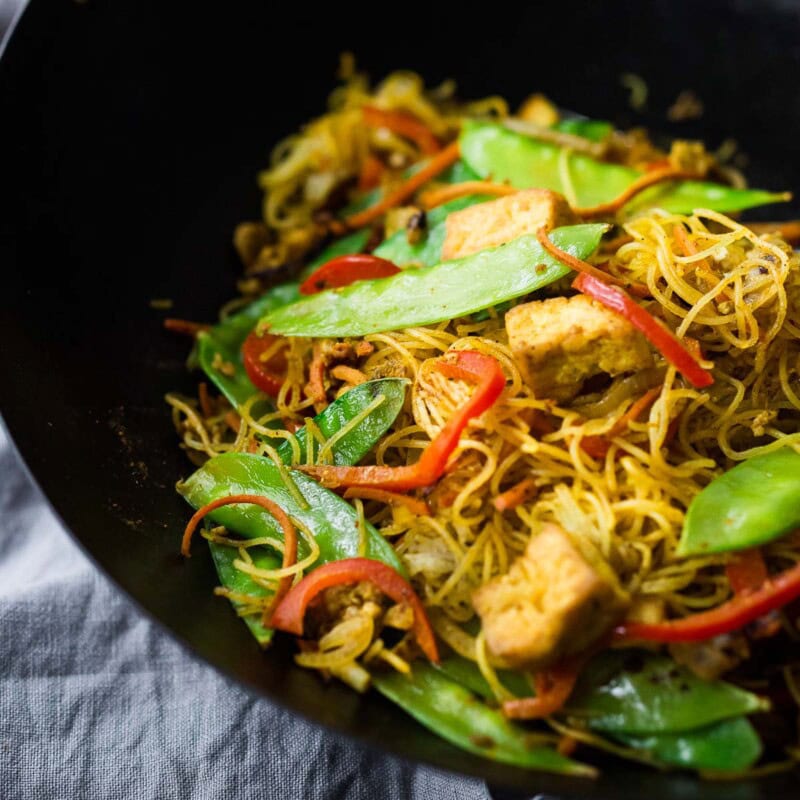
Singapore Noodles Recipe
- Prep Time: 20
- Cook Time: 20
- Total Time: 40 minutes
- Yield: 3-4 1x
- Category: main, gluten-free
- Method: stir-fried
- Cuisine: Chinese
- Diet: Vegetarian
Description
A tasty recipe for Singapore Noodles! Stir-fried vermicelli rice noodles with madras curry powder, vegetables and your choice of chicken, tofu or shrimp-a Chinese take-out menu classic that is easy to make at home – vegetarian adaptable and full of authentic flavor!
Ingredients
- 4–5 ounces vermicelli rice noodles (don’t use more, see notes)
- 8–10 ounces protein- thinly sliced chicken, tofu cut into 3/4 inch cubes (or whole raw peeled shrimp)
- 1–2 tablespoons high-heat oil- peanut oil, coconut oil, or avocado oil
- 1/4 teaspoon salt
- 1/2 teaspoon pepper
- 1/2 an onion, sliced thin
- 1 cup match stick carrots, or 1 carrot shredded
- 1 red bell pepper, thinly sliced
- 1–2 cups snow peas ( or sub green beans, baby bok choy or shredded cabbage)
- 4 cloves garlic, rough chopped
- 2 eggs, whisked with a fork, with a 3-finger pinch of salt
- 3–6 dried red chili peppers ( or sub chili flakes at the end)
- 1 tablespoon madras curry powder ( or yellow curry powder)
- 1/2 teaspoon turmeric
- 1/2 teaspoon salt, and more to taste
Singapore Noodle Sauce:
- 1 tablespoon shaoxing wine (chinese cooking wine, or mirin, or white wine)
- 1 teaspoon sesame oil
- 1 teaspoon soy sauce (or sub-gluten-free soy sauce, like Braggs)
- 1 teaspoon fish sauce (or sub vegan fish sauce)
- 1 teaspoon sugar or honey or other substitutes
Instructions
- Cook the vermicelli noodles: Bring a medium pot of water to boil on the stove for the rice noodles. Place the rice noodles in the boiling water, turn heat off, and let stand 3-4 minutes or until al dente. Do not overcook -or they will fall apart when stir-frying. Using kitchen scissors, cut the noodles into thirds or fourths (cutting is important!) and fluff them up a bit, pulling them apart with a fork or tongs. Alternatively, cook according to package directions.
- Make the Singapore Noodle Sauce: stir the ingredients together in a small bowl. Set by the stove.
- Prep the veggies: slice the onion, slice the bell pepper and chop the garlic, placing all by the stove, along with the carrots and snow peas.
- Cook the protein: Heat oil in a wok, over medium heat and add ¼ teaspoon kosher salt and fresh cracked black pepper directly into the oil. Swirl until fragrant. When the oil is hot, carefully add the chicken/tofu/shrimp. Using a metal spatula, stir, flip and let it get golden, being patient. Place on a paper towel-lined plate by the stove.
- Whisk the two eggs with a 3-finger pinch of salt in a small bowl. Set by the stove.
- Cook the veggies: Add the onion to the wok, or large skillet, and stir 3 minutes, on medium-high heat, until fragrant, then add carrots, bell pepper and snow peas and garlic. Continue stirring for just a couple minutes, until just wilted.
- Add the eggs: Make a well in the center of the veggies, and add a drop of oil, then pour in the eggs, scrambling them and chopping them up a bit with the metal spatula. Incorporate them into the veggies, then slide the whole veggie egg mixture onto a plate, setting aside.
- Cook the noodles: Add 1-2 teaspoons oil to the wok, then add the cooked noodles and stir fry them a bit, over medium heat about 2-3 minutes, letting them soften a bit. Add the whole dried chilies, stirring 1 minute.
- Combine: Spread the noodles out as best you can in the wok and slide the cooked veggies and seared chicken/ tofu/ shrimp back into the wok and sprinkle with 1 tablespoon curry powder, ½ teaspoon salt and ½ teaspoon turmeric and toss and stir until everything is evenly coated.
- Add Singapore Noodle Sauce into the noodles. It will smell fishy at first but this will disappear. Toss and cook for about 1-2 minutes, until noodles are almost dry.
- Taste, adjust salt and heat. Add chili flakes for more spicy. More salt if it tastes bland. Serve right away. Leftovers are delicious too. This is a dry-style, Chinese Noodle dish, not meant to be saucy. 😉
Notes
Resist the urge to add more than 4-5 ounces noodles ( roughly 2 cups dry) ….I know, it won’t seem like enough at first, but trust me, they will double. Plus you want this to be veggie “heavy” …and adding more noodles will result in a bland finished dish. 😉
Nutrition
- Serving Size: -Made with Tofu
- Calories: 368
- Sugar: 12.2 g
- Sodium: 550.3 mg
- Fat: 14 g
- Saturated Fat: 2.4 g
- Carbohydrates: 45.6 g
- Fiber: 6.5 g
- Protein: 16.1 g
- Cholesterol: 93 mg
FAQS
Contrary to popular belief, Singapore noodles are not actually from Singapore. They are a popular dish in many Chinese restaurants around the world, but they do not originate from Singapore itself.
Why they’re named Singapore noodles is still a bit unclear, but it is believed that a Cantonese chef in China created these noodles as a way to showcase how multicultural Cantonese cooking could be by adding curry powder.
Traditional Singapore noodles are not gluten-free since they typically use wheat-based rice noodles. However, you can make gluten-free Singapore noodles by choosing rice noodles explicitly marked as gluten-free or by using alternative gluten-free noodles like rice vermicelli or glass noodles.
Singapore noodles are loaded up with healthy veggies that are very quickly stir-fried while still retaining their fresh, crunchy texture, nutrients, and vibrancy.
Singapore noodles taste savory, tangy, and nutty with a subtle spice that can be adjusted based on personal preference.
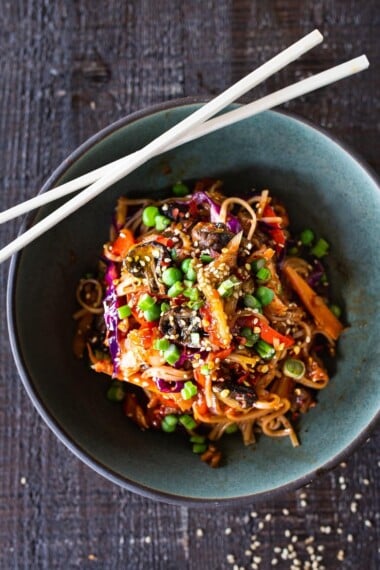
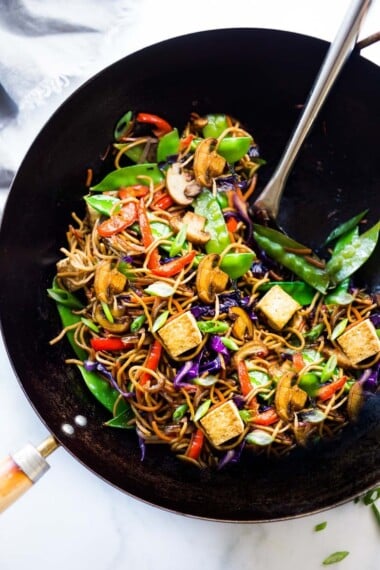
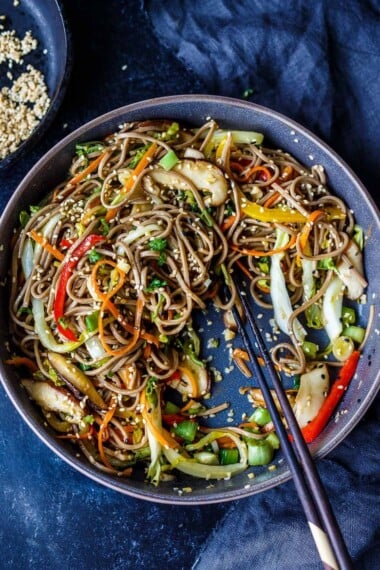
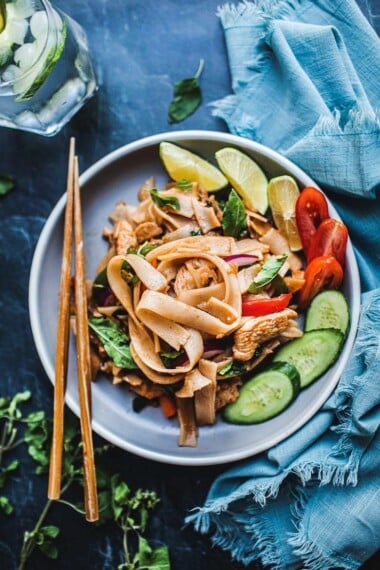
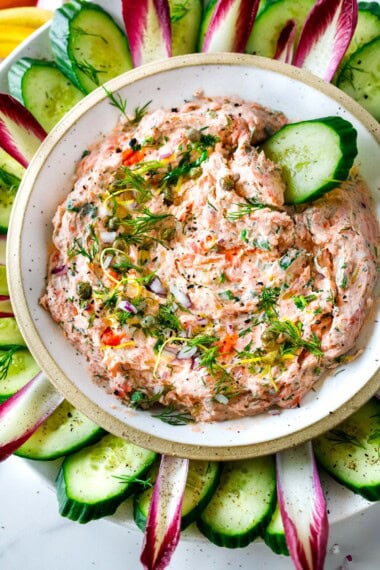
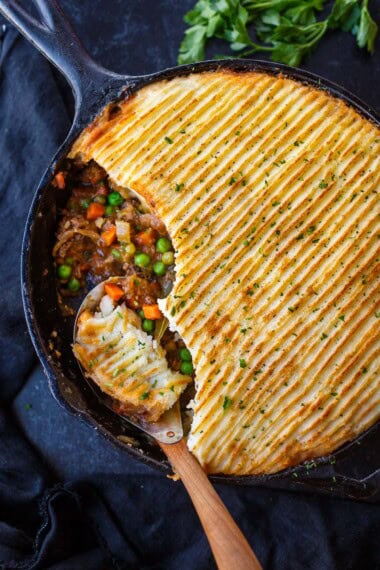


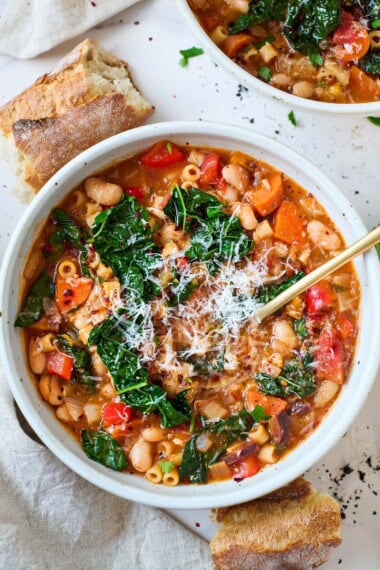



What brand of noodles do you recommended? Mine fell apart when stir frying.
Hi Betsy- I have linked the vermicelli noodles in the recipe post. It sounds like they got overcooked which is very easy to do with Vermicelli. You have to watch them really closely. 🙂
This was the 💣! Awesome flavours. Lots of protein and veg.
Glad you liked this one Catherine!
This recipe is a keeper! The dish tastes just like my regular Singapore rice noodles take out.👍🏻
Glad you enjoyed KC!
These Singapore noodles have become a staple in my house. I have tried other Singapore noodle recipes, but this one is the best! It has ruined me for ordering it at restaurants because at home I can add as many veggies as I want and I’m never disappointed by inconsistent flavor (too salty, too spicy or not spicy enough). Thanks for great recipes and consistently nailing it every time!
So great to hear this Betsy!
Excellent!
This is my new favourite F.A.H. recipe! Perfect flavours and well-worth heeding the advice to prep everything ahead.
Thanks Kristy! Glad you tried it!
This is one of my favorite dishes to order on the rare occasion I eat out. Your version is delicious! Every recipe I have tried on your page is 5 stars! Thanks especially for always having suggestions for substitutions. I’ve become a more creative cook since following your page.
We are so happy to hear this Renee!
I don’t have yellow curry powder can I sub yellow curry paste?
It’s a different flavor profile- but I bet it could taste good. 🙂
Look for javin brand curry powder… It is the real deal. I use a boat load of it… Here’s a url for some but you can find it in most asian markets. Strage, it doesn’t come sealed, just a jar with powder and a label…
https://www.amazon.com/Authentic-INDIA-Javin-powder-Gluten/dp/B01FB539TC
Thanks John!
Made this tonight. Left out the chili and other ingredients that I didn’t have like fish oil, sesame oil and wine. Turned out delicious still. Def be in my rotation.
Nice Kenisha, great to hear!
Is there a particular brand of madras curry powder that you could recommend.
I like Rani brand or Ship brand. 😉
Delicious, topped with a piece of poached salmon.
Sounds perfect!
Love it!!
I’ve made this with rice noodles before, but I just made it with ramen noodles because it’s what I had in the pantry and it’s just as fantastic!!
Ooooh good to know April! Love that idea.
Agree with Hope – this is in regular rotation in our house, too! Made it with shrimp tonight. Delicious, as always, like many of your recipes; thank you!
Thanks Karin! This is one of my favorites too.
This is on my rotation! I attended an event where you had to cook a dish from the country of your choice – mine being Singapore. I am SO glad because this has now become a favourite. People always ask for the recipe 😉 Also love the dry noodle style and all the veggies! Yum!!!!
Great to hear Hope- I really crave this one too!
I added extra egg and didn’t use tofu. LOVED this recipe! Thank you!
Thanks so much!
Cooking this again for a sixth time, absolutely love this one thank you so so much 🙏
Oh awesome Chris- appreciate you rating it! xo
Excellent!
Thanks Ben!
Once my veggies were cut and my noodle sauce whisked, this took no time to put together to great fanfare. So many veggies in in the most delicious way.
Sylvia’s recipes hit the spot every time so these days I come to Feastingathome first for new recipes.
Glad you enjoyed this!
Singapore noodles is one of my favorite dishes of all time!! Of course you have a recipe for it. Mine turned out really good 🙂 thank you!!!!
Oh good- glad you enjoyed this!
Love your recipes!!! Do you have any thoughts on a vegan substitution for the eggs? Thank you so much.
You can just leave them out Barbara or add more tofu. 🙂
Thankyou for this recipe. I Have a vegetarian in a family of carnivores, so I cooked the meat and some tofu separately and added them to the the bowls instead of the dish. Everyone loved it. It was full of flavour and texture, just awesome.
Love it Jenny!
So good! Thanks, Sylvia. Great detailed directions, very helpful, and I agree—cutting the noodles is very important, makes combining them with the veggie mixture so much easier. I used two Hodo brand veg-tofu burgers, sliced, to stand in for the chicken/tofu/shrimp (they browned and crisped up nicely), and scrambled tofu in place of the eggs. Super recipe.🙏🏼
Love your additions Lisa- sounds tasty!
I actually rate this recipe better than my local noodle shop. I used a dry white wine as it was all that I had at the time and it was sensational. I used dried chilli flakes for zing and mangrove honey for a little sweetness in the sauce. The turmeric is a nice touch. Thanks
Easy and beautiful.
Incredible, love it! Cannot wait to have this again and again and again!